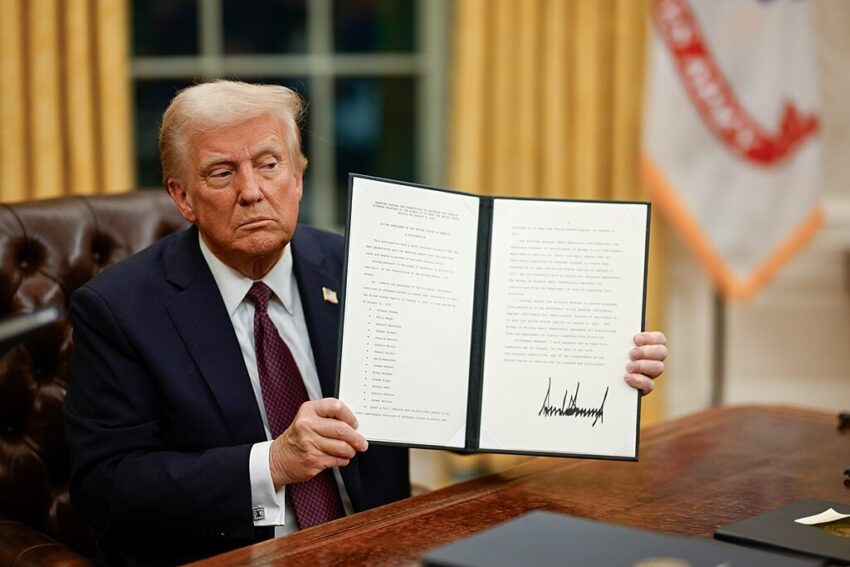The landscape of education is changing rapidly as take-home assignments and traditional essay writing are challenged by the rise of artificial intelligence (AI). Many educators assert that assigning writing outside of school has become synonymous with enabling cheating, thanks to tools like ChatGPT.
Casey Cuny, an English teacher with over two decades of experience, observes, The cheating is off the charts. It’s the worst I’ve seen in my entire career. With such a prevalence of AI use among students, teachers now feel compelled to reevaluate how they deliver assignments and assess student performance.
The current focus on AI literacy among educational institutions emphasizes the need to balance the benefits of AI with the associated risks of cheating. As schools grapple with this issue, educators like Cuny have adapted to more in-class writing and AI integration into lessons, enabling students to learn alongside AI rather than resort to it for shortcuts.
However, students are caught in a web of uncertainty concerning acceptable AI usage. College sophomore Lily Brown expresses the dilemma faced by many students: Sometimes I feel bad using ChatGPT to summarize reading. Is this cheating? This ambiguity is compounded by inconsistent AI policies within different classrooms, highlighting the need for clearer guidelines from educational institutions.
As many schools have initially opted for strict bans on AI, attitudes have shifted. Collaborative efforts, such as those at the University of California, Berkeley, aim to refine AI guidelines, ensuring that faculty and students alike have a clearer understanding of their roles in this new educational landscape. Institutions are starting to craft policies recognizing that outright bans are ineffective without accompanying changes in teaching methods.
In light of these developments, educators are increasingly moving toward strategies that utilize technology while preventing academic dishonesty. By engaging students in real-time assessments and integrating tools in a controlled manner, teachers aim to foster a culture of learning that aligns with the digital age.





















